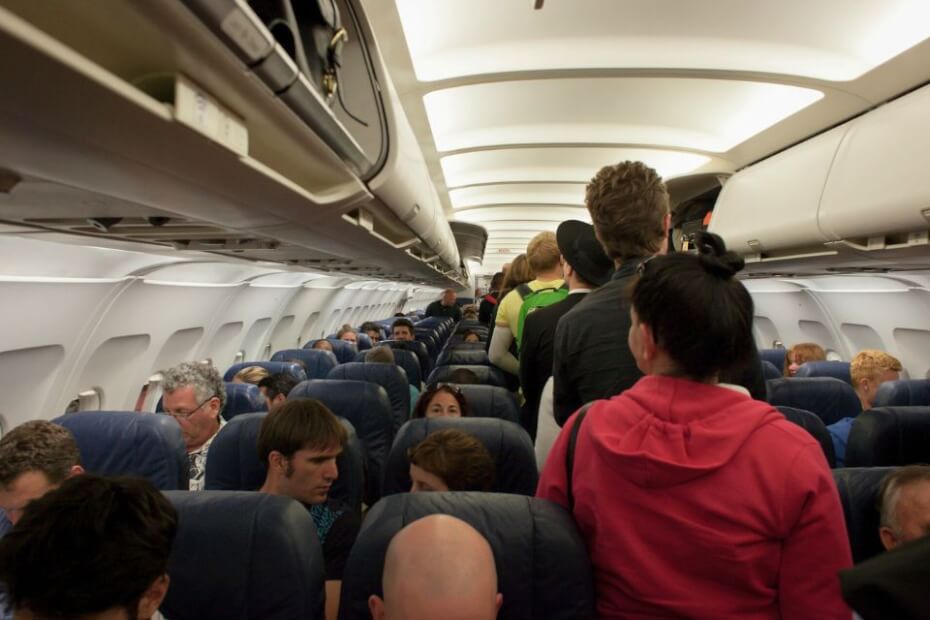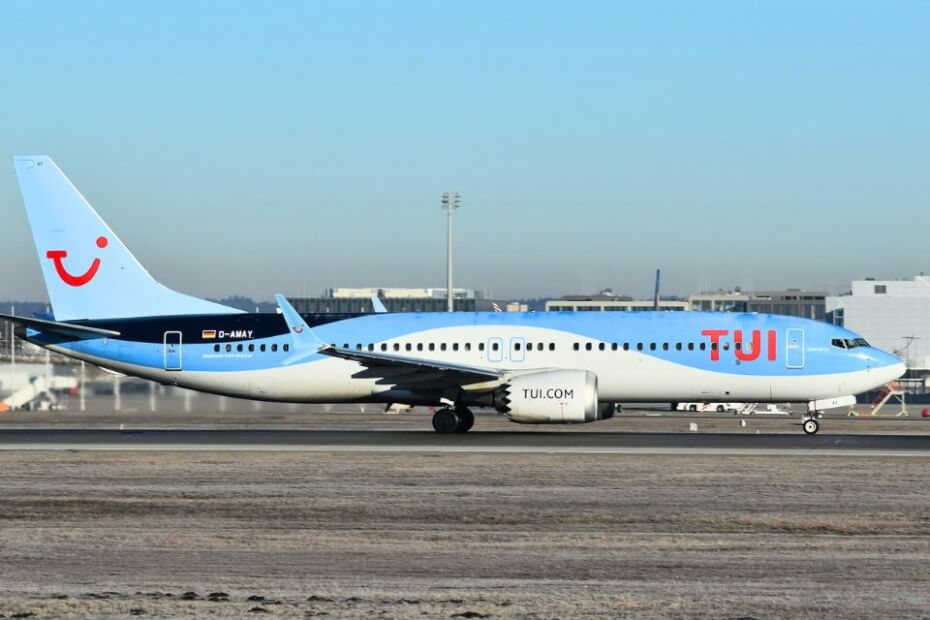
Airlines and travel companies warn travelers that the European Union’s (EU’s) Entry/Exit System (EES) might soon cause significant delays.
The new automated border check system is designed to track travelers entering and leaving the EU using biometric data.
Under the new system, non-EU citizens and residents, including British nationals, must register fingerprints and face scans at the border.
The EU, however, is currently planning for a phased EES launch in 2025. However, an exact date has yet to be set.
Despite this, airlines are concerned that the system’s debut could result in passengers being stuck on planes as border officers manage queues.
Stranded passengers and delayed flights
Airlines, such as TUI and easyJet, worry that the EES could cause long queues and backlogs at busy European airports.
This is also a crucial concern at borders and entry points that handle high volumes of United Kingdom (UK) and non-EU travelers.
These include the Port of Dover in Kent, the Channel Tunnel in Folkestone, and Eurostar’s St. Pancras Station in London.
“The first time you use [the EES], it might take a bit longer than usual to pass through border control as your biometric data (face image and four fingerprints) will be collected,” TUI’s warning stated as per The Daily Express.
With the EES expected to increase border processing times, many are concerned that even the slightest delay can pile up.
As such, planes may have to wait at the gate or even on the tarmac until the backlog clears and passengers can enter the terminal.
“In the worst case, you actually can’t disembark. You hold people on the plane,” said Johan Lundgren, chief executive officer of easyJet, as reported by The Telegraph.
With airlines not being able to land planes and disembark passengers, others would not be able to board as well.
Overcrowded terminal buildings, leaving no space for additional travelers, can also lead to delayed boardings and takeoffs.
Lundgren firmly believes that the EU must postpone the EES launch until passengers can pre-register all their data before their journey.
A mobile app for travelers to pre-register personal and passport data is currently under development, with an uncertain completion date.
However, the app cannot register facial or fingerprint scans. This is due to an EU law that requires these to be submitted at the border before a border officer.
Impact on key border crossings like Dover and Folkestone

While airports are bracing for the impact, the EES may be even more challenging for UK-EU border crossings like Dover and Folkestone.
With a daily high volume of travelers and more during weekends and holidays, both locations need significant upgrades to prevent bottlenecks.
The Channel Tunnel terminal, for instance, serves as one of the main routes between the UK and France.
Getlink, the Channel Tunnel operator, has invested in a new drive-through bay and hundreds of kiosks to handle EES checks.
The Port of Dover, on the other hand, is expanding border processing to accommodate separate lanes for coaches and private cars.
It has also been planning a contingency plan to stack cars and avoid gridlock in Kent in case of a worst-case 14-hour-delay scenario.
Dover is also a key crossing point for UK and EU trade goods, and delays from the EES could also lead to shortages or high prices.
The UK Government has pledged £10.5 million to help improve EES preparation in these two locations and St. Pancras.
The funding will be used for additional infrastructure, testing new technology, as well as hiring and training new staff.
Why the EES is being introduced
The EES is an automated system that will track when and where non-EU visitors enter and exit the Schengen Area.
It will ultimately replace the current passport-stamping method with a system that records biometric data.
Using fingerprints and face scans instead of manual passport stamping, the EES aims to make tracking easier and more accurate.
This addresses gaps in current border control practices and ensures accurate logging of entries and exits.
The EU aims to expedite border processes by reducing reliance on human checks, creating a more efficient system over time.
However, as with any new system, adjusting to the new requirements could be challenging at first.
The EES, proposed in 2016, was set to launch in 2022 but has faced multiple delays due to technical and logistical challenges.
Most recently, a planned November 2024 launch date was postponed to an indefinite date in 2025.
The new timeline provides more time for EES preparations, both for the UK and EU border crossings and entry points.
However, many airports, ports, and transport companies remain concerned about how the new checks will impact both staff and travelers.
The EU’s goal for the EES is to eventually make travel more streamlined and secure.
However, many question how it will work in practice, particularly during the system’s rollout.
Preparing for potential delays caused by EES

Travel and tour operators have been calling for more information about the EU’s new border check system.
With the EES expected to launch sometime in 2025, their focus is on preparing travelers for longer waits and potential delays.
Mark Tanzer, the chief executive of the Association of British Travel Agents (ABTA), admitted that many UK travelers are still unaware of the EES.
“It’s frustrating that there will be delays for customers. Nobody wants that,” he told The Telegraph.
Tanzer argued that they couldn’t start detailed information awareness campaigns since the EU has yet to set a clear launch date.
Some tips for travelers navigating the EES once it launches include:
- Arrive early. Allow for extra time to get through airport or port security, especially during peak travel seasons like summer and winter holidays.
- Stay updated: Follow updates from airlines, airports, the UK, and the EU about the EES rollout, as exact launch dates may still change.
- Prepare for biometric checks: Be ready for fingerprint and face scans, as these will be required for all non-EU travelers entering the Schengen Area.
- Check with carriers. Airlines often provide information about expected delays, so staying in touch with your carrier could help you plan accordingly.

